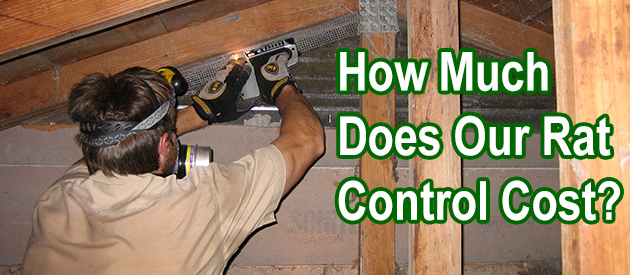Onondaga County, Syracuse Rat Control Situation:
Hi. I have recently noticed poop in one area of my garage which is also right next to where I have piled up a bunch of stuff I planned to sale at a yard sale so it is very possible there is more that I am not seeing easily within that stuff. We live next to a lot of undeveloped wooded land where we know there are a good bit of deer and presumably many varieties of wildlife and some cats we see around our house have killed a few rats lately but I looked at your rat droppings and what I saw in my garage doesn't seem to fit into the rat poop pictures or descriptions I found on your site. I an sending in separate email to see if you can tell me what I am most likely dealing with. My house is in a rural area outside Syracuse NY.
David: I live in Northern New York State and recently purchased a home that has have roof rats, and I've been told when the rats are beaten back some, the mice will come. There is already evidence of this, as I've noticed half eaten mice carcasses at various points. I hired a pest control company to trap the rats moving forward, but their plan is not as systematic and comprehensive as yours, so I want to do the sealing up myself. Though the task is daunting because I live in the country and my house has a Spanish tile roof that many describe a porous, I have done this before and think I can at least slow the problem to a light crawl. That said, I'm interested in equipment recommendations. I notice you use full body jump suits and face masks. What brands do you use? And your vacuum, does it require a hepa filter. You mention multiple speeds, will I need various vacuums to do the job? Can you recommend people who do this in Sonoma County (Santa Rosa City), California? thanks, John
Syracuse Rat Control Tip of The Week
Non-lethal Ways To Get Rid Of Rats
If you are the type that considers rats as small cute-looking creatures, you might feel bad for wanting to kill them because they are causing a nuisance in your home. The fact is, your feelings do count. But at the same time, you can't afford to continue watching as these little creatures destroy your home and put your life at the risk of contracting diseases.
We understand how you feel, which is why we will be sharing non-lethal ways to get rid of the rats in your home. With this, you will be able to get rid of the rats without actually killing them.
1. Get A Cat
Cats and rats are natural enemies. If you have a cat in your home, rats will try as much as possible to do all they can to avoid your home. The sound and smell of the cat alone will trigger the sense of the rats and will make them stay as far away as they can. With this method, you will be able to get rid of the rats in your home without even having direct contact with them.
2. Trap And Release
This is another way to get rid of the rats in your home, the only issue with the use of this method is that cannot be used in a home where there are many rats. This is mainly because rats are smart and will end up figuring out that it's a trap after they see it capture one or two other rats. To trap and release a rat, all you need is a live trap and bait.
Also, you need to understand the fact that when you capture a rat and release it into another environment, its chances of survival are very slim.
3. Use Natural Rat Repellent
Just like other animals, rats are sensitive to some smells and they will do all they can to stay away from those areas. You can take advantage of this as well and use it to get rid of the rats in your home. A mixture of cayenne pepper and peppermint will help you get this done.


